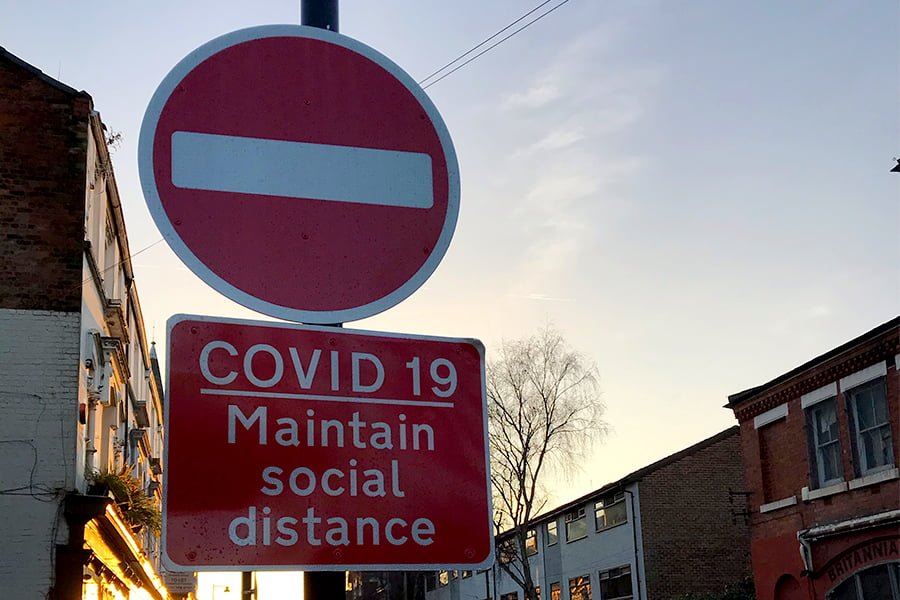
Over the last 12 months, we have seen huge social and economic disruptions to our towns and cities, with many grinding to a standstill due to government restrictions and our new ‘at home’ way of working. Everyone has responded to lockdown in different ways, developing new routines and coping strategies to maintain physical and mental health, whilst trying to continue day-to-day life. For many, the importance of outdoor space and its accessibility has been critical to wellbeing, with the pandemic emphasising the social divide. How many of us have explored parts of our neighbourhood we didn’t know existed, visited local shops or frequented parks; valuing the local environment in ways we hadn’t before?
The pandemic has brought about a rethink of how we use the places where we live, further reinforcing the need to put people and nature before cars and buildings, as emphasised in design tools such as Building for a Healthy Life and Manual for Streets. The short-term response has seen some positive steps with pop-up cycle lanes, roads temporarily given over to pedestrians, and pilot schemes to help restaurants reimagine outdoor eating.
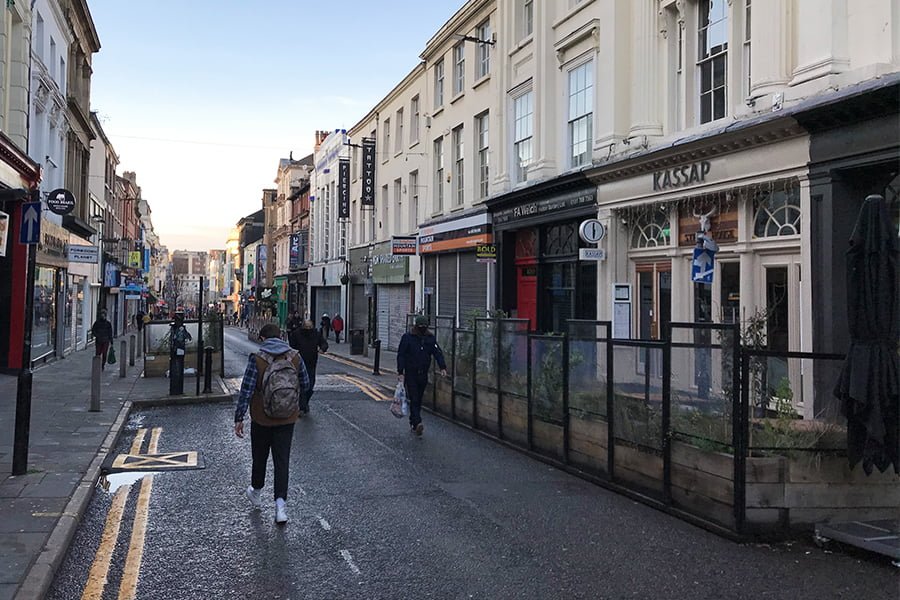
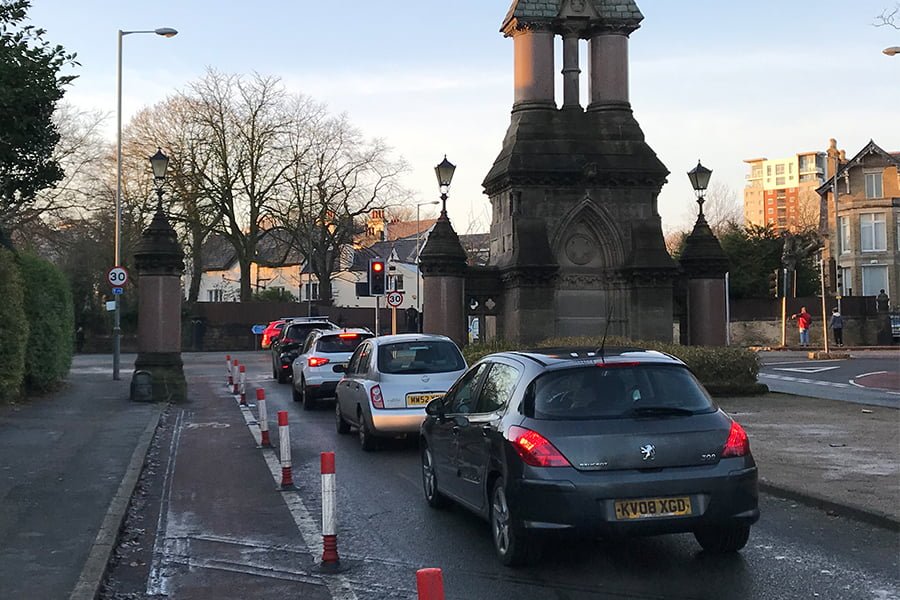
What is clear is the way that we perceive and use our towns and cities is changing and we need to make bold steps in the built environment to ensure that these changes are for the better.
The idea of the Fifteen Minute City (or neighbourhood) now seems more important than ever. This is especially true when considered against the backdrop of the pandemic and the wider social, economic and environmental issues we face today. The idea builds upon the long-established notion that people should be able to access most daily needs within 15 minutes of their home. Thereby reducing commuting lengths, transport demand and instead, promoting local neighbourhood amenities such as grocery shops, parks, cafes, sports facilities, health centres, schools and even workplaces. The idea is currently at the forefront of urban design thinking and is already being explored in cities such as Paris and Milan.
The idea of the Fifteen Minute City balanced against the present demand for open space, means we must consider new ways to use and improve space. We have all used our homes and gardens (if lucky!) differently during the lockdown; creating space for an office, classroom or workshop in underutilised areas of the home with exercise and socially distanced meetings outdoors. Our lifestyles have changed and so with it our homes.
And so too our public spaces; we must now consider radical changes to reimagine public space and how people connect with nature. These ideas have been growing in the last ten years with movements such as Tactical Urbanism (tactics used to improve the urban environment), the Open Streets Project and Park(ing) day. The timeframe for making these changes has accelerated rapidly due to the pandemic. The temporary responses that we have seen must continue to be explored with the most successful becoming permanent solutions. If we are to learn something from this last year, it’s to ensure that everyone has easy access (on foot and cycle) to local open space and amenities.
Let’s reimagine the outdoors; reducing space for vehicles and underutilised hard standing; to repurpose and create:
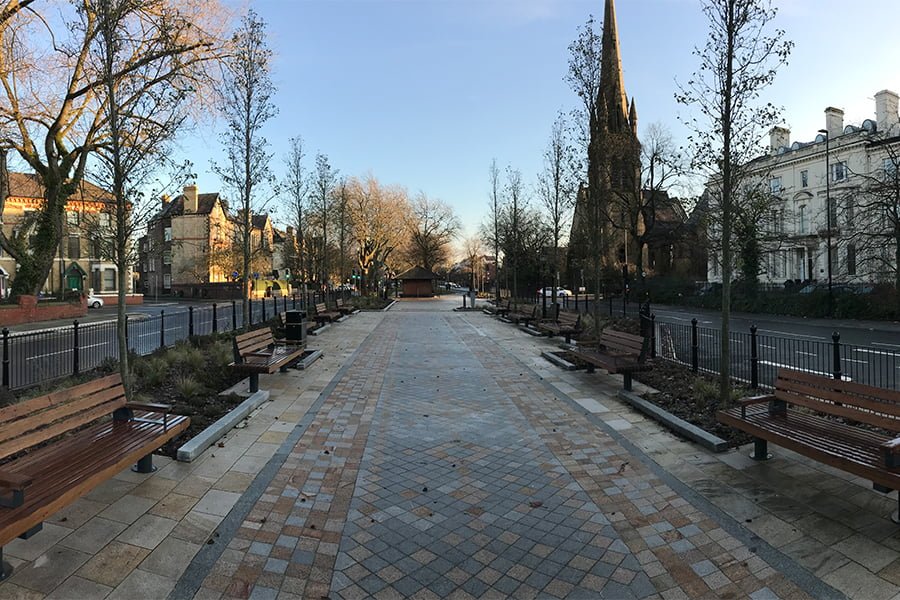
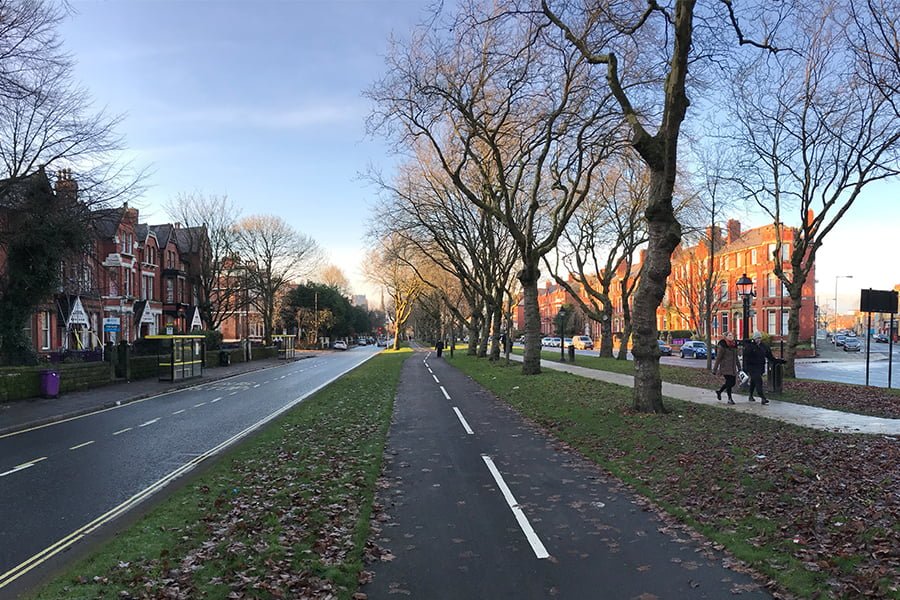
Author
Narada Haralambous
Associate Urban Designer
To read more from our landscape designers click here.








